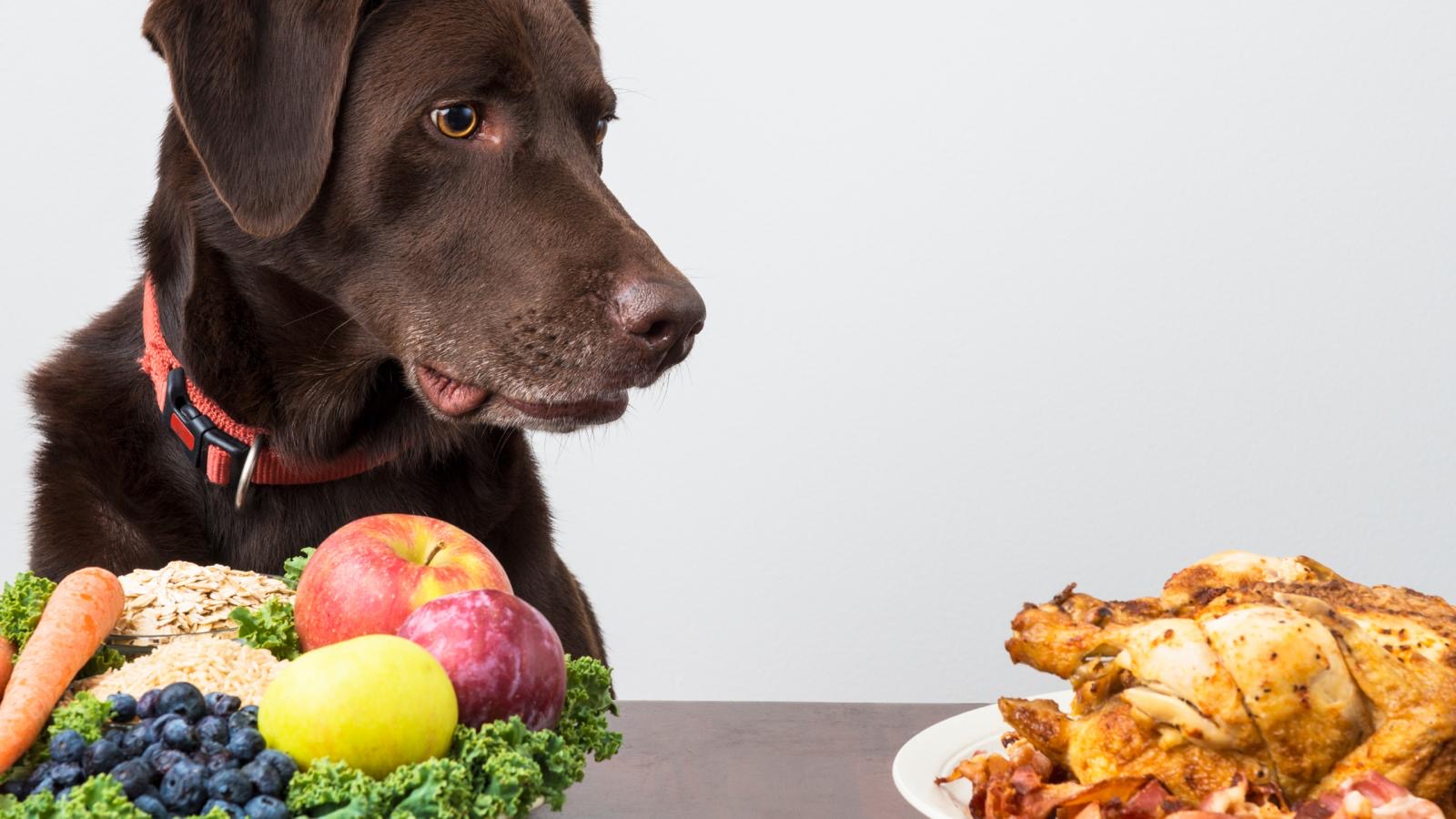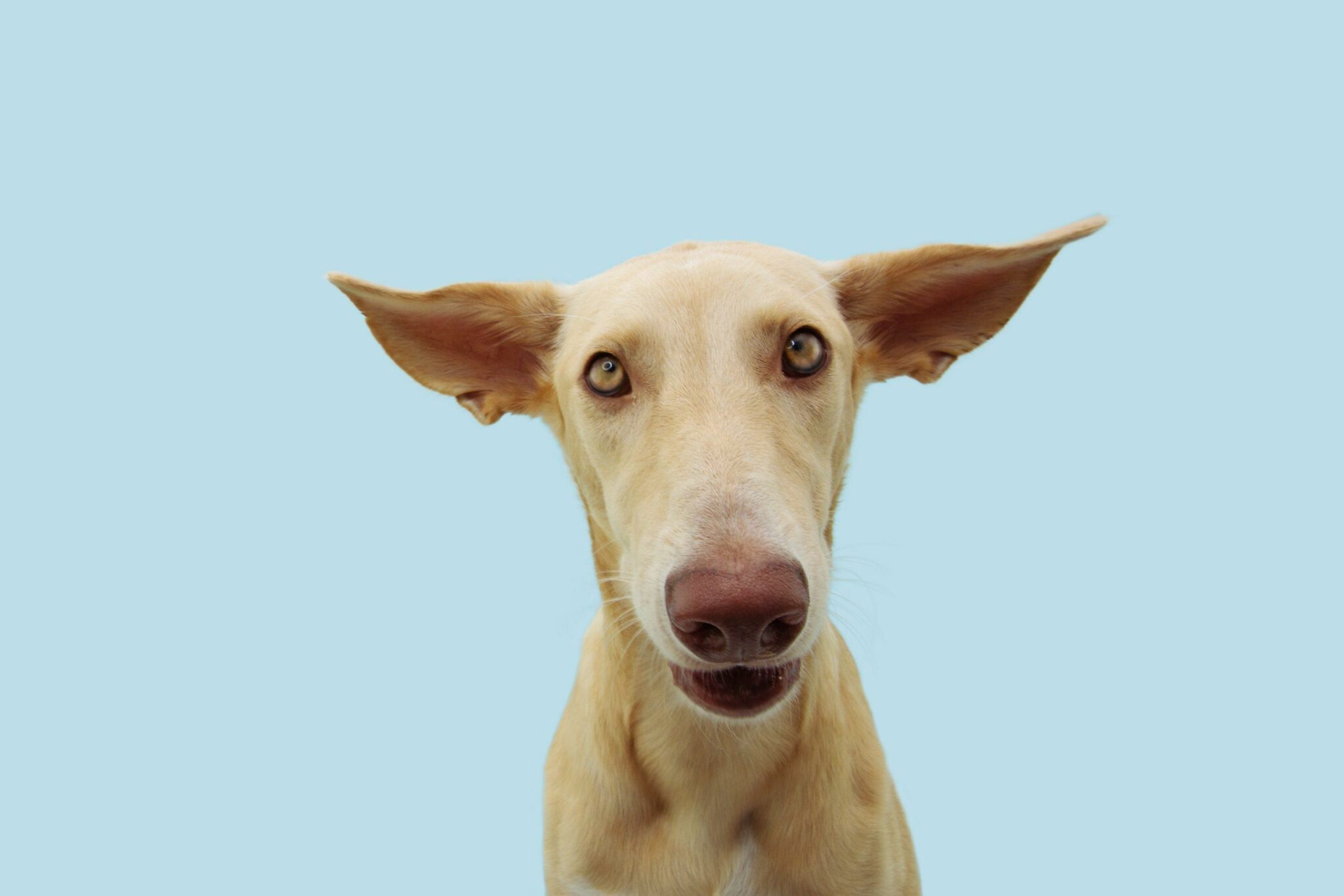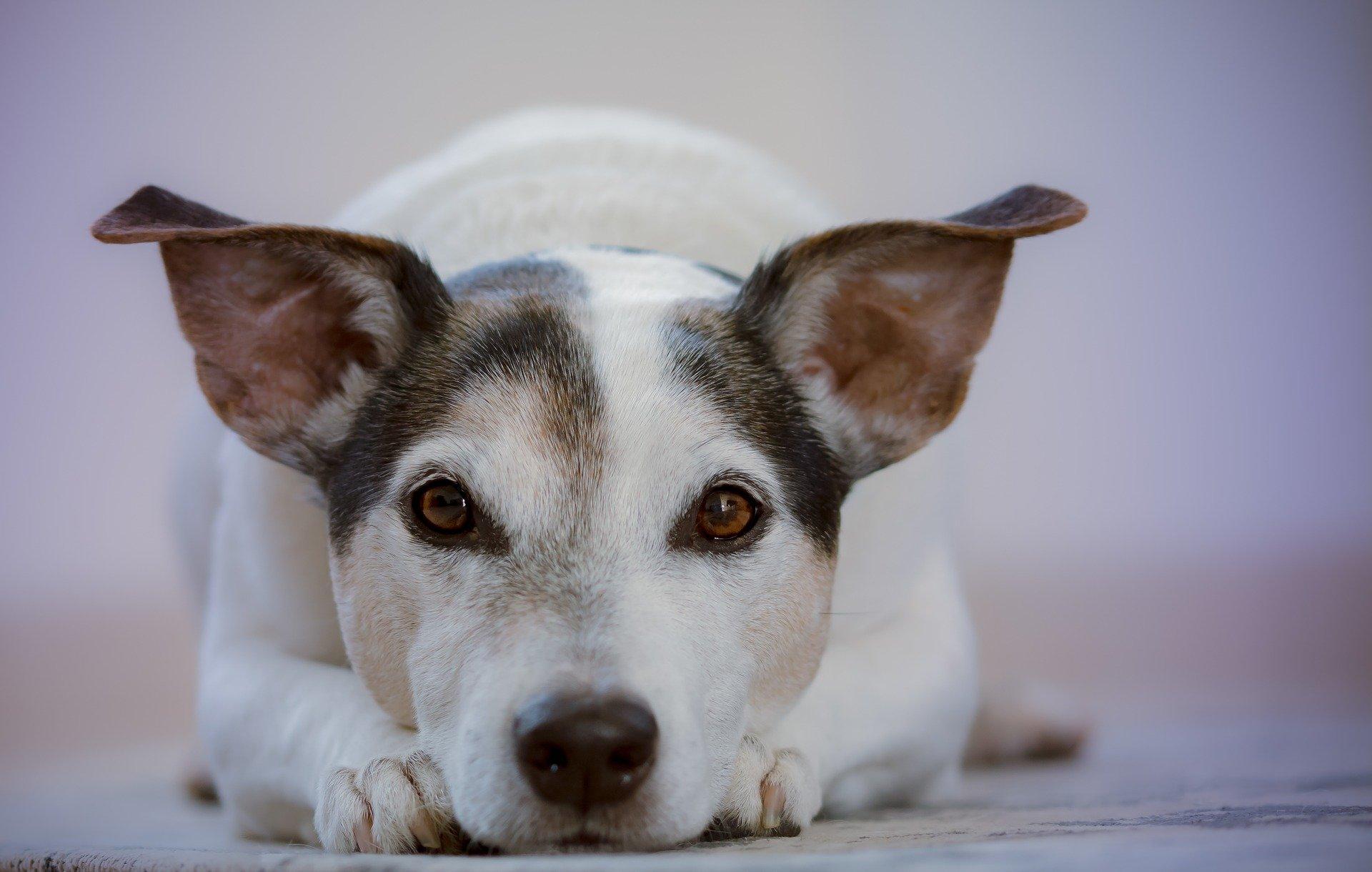Did you ever get warned that kissing a stranger was like kissing everyone they had ever kissed too? Sadly, the same advice applies to our dogs too! Luckily when we’re talking about canine oral papillomas, they can’t be transmitted to humans, but these warts are caused by a virus which can be passed between dogs.
So what’s the lowdown on canine papillomas? And why do our dogs get them? Here at My Pet Nutritionist, they seem to be the topic of the year so let’s take a look at them in a little more detail.
What is the Canine Papilloma Virus?
Warts in dogs are caused by infection with canine papilloma virus (CPV). They appear as lesions mostly found on the lips and muzzle and have a cauliflower like appearance. They can also grow on the oral mucosa which can affect eating and swallowing. In most cases, they are left untreated and may resolve within 3-12 months of presentation.
CPV is transmitted through direct contact with another infected canine, and it spreads relatively easily. But as it’s a virus, its understandable that it most commonly strikes dogs with weakened or underdeveloped immune systems (which is why they are more common in younger dogs). The virus will also more easily settle in injured skin, so if a dog suffers with pre-existing skin issues they may be at an increased risk.
The Immune System 101
When the body is invaded by bacteria, a virus or parasites, an immune alarm goes off, setting off a chain reaction of cellular activity in the immune system. Specific cells are deployed to help attack the invading pathogen. Those cells often do the job, and the invader is destroyed. But sometimes, when the body needs a more sophisticated attack, it turns to a more specialised set of cells. These cells are like the special ops of the immune system—a line of defence that uses past behaviours and interactions to tell it exactly how to deal with the threat.
Through exposure to the virus, he body learns how to deal with it, which is why older dogs don’t always develop lesions even if they are living with another dog who does.
But as we know, there are many things that can affect how well the immune system is functioning. Lifestyle and environmental factors can dictate if the immune system is fast and efficient, or whether it’s as much use as a chocolate teapot.
What can affect immune function?
Sleep
Sleep is widely studied for its evolutionary benefits. It is crucial for most daily functions and in humans suffering sleep restriction, they have attention lapses, slowed working memory, reduced cognition and depressed thought. Studies have shown a significant reduction in activity in dogs experiencing sleep restriction.
Findings Here
One of the main purposes of sleep is to consolidate memories or learning. This has also been found true in dogs. Learning affects sleep structure which ultimately decides whether you retain the information or not. Interestingly, in studies, those dogs allowed to sleep after learning a new command were more likely to retain the command at a later date, than dogs allowed to walk or play. So, if you want to train your dog, they need their sleep.
Findings Here
But it is clear that sleep and the circadian rhythm significantly influence immune functions. It is thought that sleep facilitates the function of immune cells and also their redistribution to lymph nodes. In addition, in clinical studies, sleep on the night after experimental vaccinations produced a strong and persistent increase in the number of antigen specific cells and antibody titres. This suggests that sleep plays a role in immunological memory.
Findings Here
Under laboratory conditions, dogs will sleep around 13 hours per day. But this is very generic. Older dogs will sleep more as they tend to experience periods of broken sleep. Puppies too will sleep a lot more – generally 18-20 hours.
Stress
Since the dawn of time, both us and our dog’s ancestors have been subject to evolutionary pressure from the environment. The ability to respond to environmental threats or stressors such as predation or natural disaster enhanced survival. In mammals, these responses include changes that increase the delivery of oxygen and glucose to the heart and skeletal muscles. We know this as the stress response, or rather more specifically the fight or flight part of the stress response.
But this serves as a redirection of resources, and data clearly suggest that chronic stressors suppress cellular and humoral responses in the immune system. In short, stress lowers the body’s response to viral load. Have you ever noticed that that pesky cold sore rears its ugly head when you’re feeling a little run down?
That said, acute stressors (lasting a couple of minutes) upregulate certain immune pathways. This makes total evolutionary sense. In addition to the risk inherent in the situation, like a predator, fighting and fleeing carries the risk of injury and subsequent entry of infectious agents into the bloodstream or skin. Any wound in the skin is likely to contain pathogens that could multiply and cause infection. Stress-induced changes in the immune system that could accelerate wound repair and help prevent infections from taking hold would therefore be beneficial.
The key is balance. Both us and our pets are designed to tackle short term stressors, the issue is when they become chronic and continually deplete our resources.
Diet
The immune system has a number of cells it can call upon, but these cells need to be made somewhere. In addition, for the messages to get sent around the body and for the antigens to be effectively neutralised, other cofactors and compounds are needed. Whilst the body is incredibly smart and can synthesise certain compounds itself, the majority of them need to come from somewhere and this somewhere is largely the diet. In addition, an activated immune system further increased the demand for energy during periods of infection.
The Ultimate Raw Feeding Guide for Dogs
Furthermore, the majority of the immune cells are houses in gut-associated lymphoid tissue. In ingesting food, both us and our pets are exposing ourselves to near constant and massive antigenic stimulation, which the immune system must be able to provide strong protection against.
Zinc is known to be an important micronutrient for the immune system. It has a role as a cofactor in many proteins. Even a mild deficiency in zinc has been associated with widespread defects in both the adaptive and innate immune response.
Why Zinc is Important For Your Dog
Selenium is a trace element that, like zinc, has critical functional, structural, and enzymatic roles, in a range of proteins. Poor selenium status is associated with a higher risk for range of chronic diseases and is important for immune function.
The vitamin D receptor (VDR) is a nuclear receptor that can directly affect gene expression. The presence of VDR in the majority of immune cells suggests an important role for this micronutrient in immune cell activities.
The Importance of Vitamin D for Cats and Dogs
In addition to these nutrients, vitamins A, C, E, B2, B6, B12, folate and iron are all implicated in immune function.
Your Pet’s Immune System
Top 10 Foods For Your Dog’s Immunity
Supporting Your Dog’s Immune Function
Perhaps the best place to start if your dog is unlucky to develop CPV is to support their immune function. Consider the three pillars we have mentioned, sleep, stress and nutrition.
We also see CPV more commonly in those dogs with disrupted immune barriers (skin and gut), and so if you’d like to learn more about those check out some of our blogs here.
Skin Health in Dogs
Atopic Dermatitis in Pets
7 Steps to Optimal Gut Health
Gut Guardian
There are also a number of supplements and herbs that can be used to support overall pet health, so if you would like us to formulate a plan, then please check out our services.
It goes without saying, but if your dog has developed lumps and bumps and you aren’t sure whether they are warts or not, it’s best to get them checked out.
Thanks for reading,
MPN Team x





